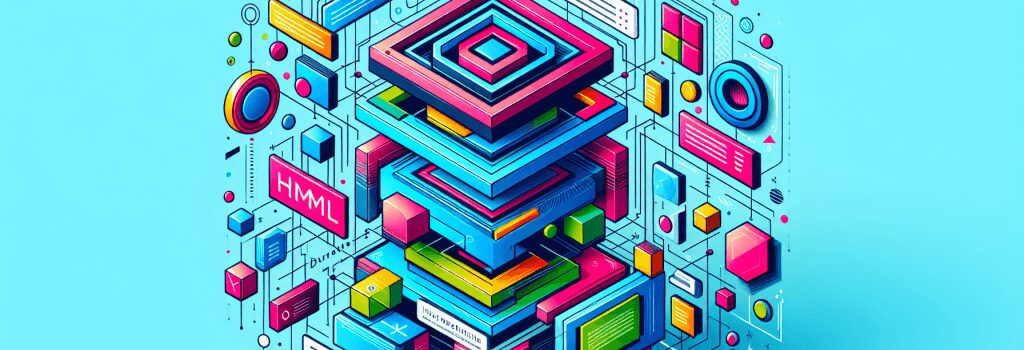How to Effectively Use HTML for Web Design Structure

—
Understanding HTML in Web Design
HTML, or HyperText Markup Language, is the backbone of web development. It structures the web content, making it an indispensable tool for web designers and developers. Mastering HTML is crucial for creating structured and accessible websites. This article delves into effective strategies for utilizing HTML to structure your web designs optimally.
The Role of HTML in Web Design
HTML stands for the structure behind the content on the web. It defines elements such as headings, paragraphs, links, and images, allowing browsers to render them correctly. Understanding HTML’s role is foundational for creating websites that are both visually appealing and functionally robust.
Best Practices for Writing Semantic HTML
Semantic HTML refers to the use of HTML markup to reinforce the semantics, or meaning, of the information in web pages and web applications rather than merely to define its presentation or look. Here are key practices:
– Use HTML5 Structural Elements: Elements like ;<header>>, ;<footer>>, ;<nav>>, and ;<article>> make your website structure clear, both for developers and search engines.
– Utilize Proper Heading Hierarchy: Headings from ;<h1>> to ;<h6>> should be used in a hierarchical manner, with ;<h1>> being the most important. This improves accessibility and SEO.
– Employ Accessible Forms: Label your form inputs with ;<label>> for accessibility, and use placeholders to provide hints to the user.
Leveraging HTML for Responsive Design
Responsive design is non-negotiable in today’s web. HTML plays a crucial role in this:
– Viewport Meta Tag: Include ;> in the head of your HTML to ensure your site is mobile-friendly.
– Picture and Srcset: Use ;> and ;srcset> attributes with ;<img>> to serve different images based on screen size, improving page load times and experience.
HTML Tools and Resources for Web Designers
While writing HTML from scratch is informative, several tools and resources can make your workflow more efficient:
– Code Editors: Software like VSCode and Sublime Text offer syntax highlighting and extensions to speed up your HTML coding.
– Template Engines: Tools like Pug (formerly Jade) can simplify writing HTML with more concise syntax and dynamic content generation.
– W3C Validator: Always validate your HTML using the W3C Validator to ensure it meets web standards and is free from errors.
Conclusion
HTML is the foundation of web design, providing the structure necessary for creating engaging and accessible websites. By following best practices for semantic HTML, making your design responsive, and leveraging tools and resources, you can significantly improve your web design structure. Whether you’re building a personal blog or a complex e-commerce site, these tips will aid in crafting websites that stand out in functionality and aesthetics.
—
Embracing HTML’s potential not only enhances the quality of your web projects but also elevates your skills as a web developer. Dive into HTML, experiment with its capabilities, and watch as your web designs transform from good to great.


